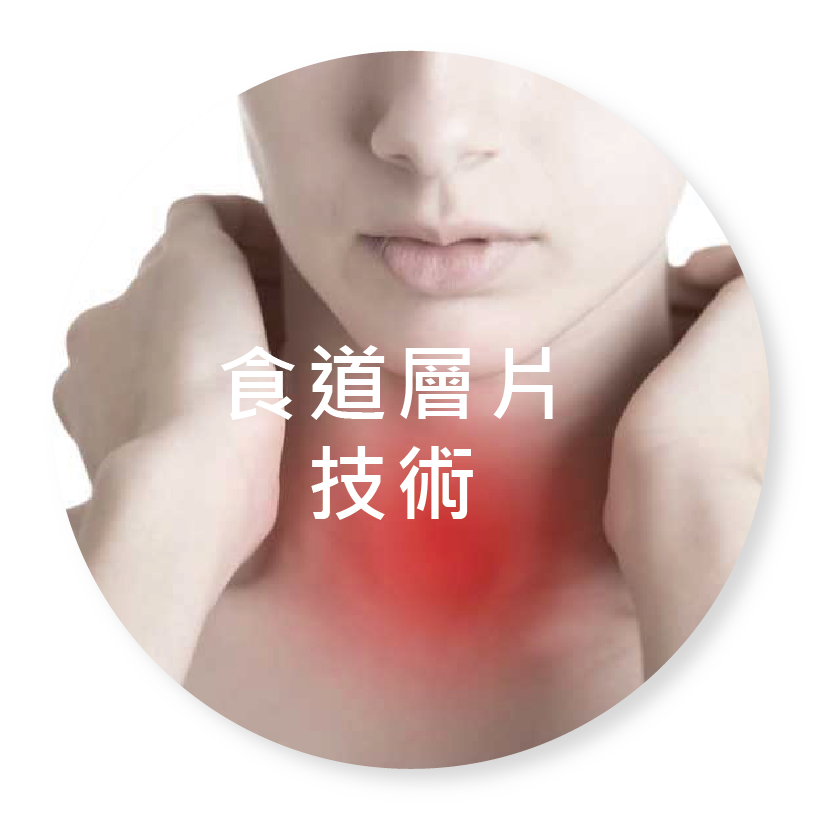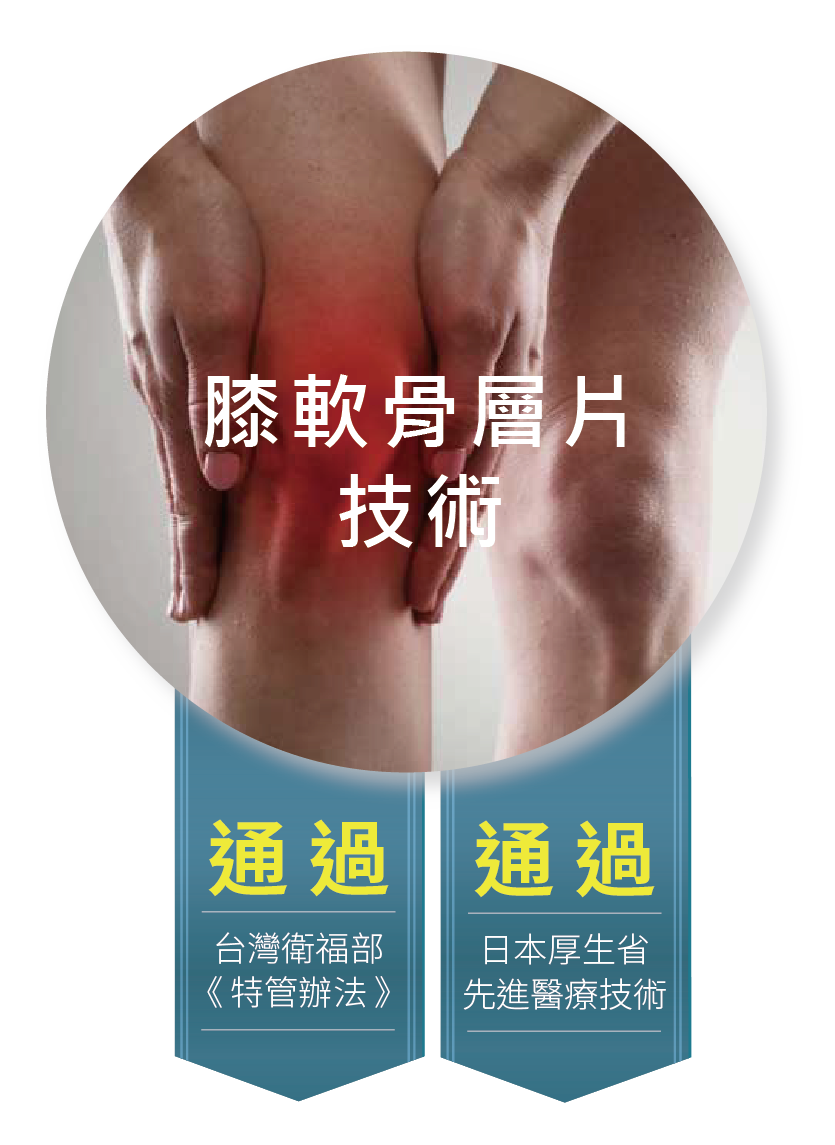MetaTech will import the cell sheet technology from CellSeed, a pioneer company in regenerative medicine in Japan. This technology uses a combination of autologous cells and tissue engineering to culture intact cell sheets. These cell sheets cultured by special temperature-responsive cultureware are capable of repairing damaged tissues and organs with high efficacy.
Cell Sheet
Concepts of cell sheet technology
The surface of this special cultureware mentioned above is coated with a temperature-responsive polymer, PIPAAm. Cells grown to confluency can be separated from the cultureware when the temperature changes from 37°C to 20°C. These cells can be harvested as a single sheet because proteins linking them are not destroyed by enzymes (traditional methods use enzymes to separate cells from cultureware, therefore cannot be collected as a single sheet). Since the cultured cells are not affected by enzymatic treatment, the cell's natural functions are preserved. Cell sheets graft readily to biological tissue, and are capable of forming 3-D tissue patch by stacking multiple layers without the help of scaffolds. These lifelike tissue patches are capable of repairing a diverse range of tissues and organs. For examples, esophagus, cardiac muscle, periodontal tissue, and cornea.

Cell sheet of esophagus
Endoscopic submucosal dissection (ESD) is the primary surgical procedure for esophageal squamous cell carcinoma. However, esophageal stricture following ESD can be a serious complication in patients with large mucosal defects. Epithelial cell sheet for esophageal regeneration offers a solution to prevent esophageal stricture and swallowing difficulties.
Oral mucosal tissues are first collected from the patient. Epithelial cell sheets are then cultured from oral mucosal epithelial cells using temperature-responsive cultureware. Finally, epithelial cell sheets will be applied to the wound to prevent esophageal stricture and inflammation, thereby increasing patient’s quality of life (QOL).

cell sheet of knee cartilage

Normal wear and tear can cause osteoarthritis, and an injury or infection to the joints can exacerbate this natural breakdown of cartilage tissue. Severe osteoarthritis can lead to extreme pain, feebleness, and joint deformity. Many traditional treatment methods have been confined to symptomatic therapies that attempt to slow its progression. Contrarily, treatments using cell sheet engineering and regenerated tissues can help patients return back to normal function.
Healthy cartilage tissue will first be extracted from the patient. Cartilage cells would then be extracted and cultured into knee cartilage sheets using temperature-responsive cultureware. Cartilage sheets are then transplanted back to the patient’s knee to repair damaged tissues and to regrow tissues. Not only can cartilage sheets increase the synthesis of collagen and proteoglycans, but can also prevent cartilage matrix from degrading. Clinical trials of cartilage sheets have been a success in Japan. Patients under treatments using cartilage sheets had their cartilage tissues repaired and were able to return to normal function.